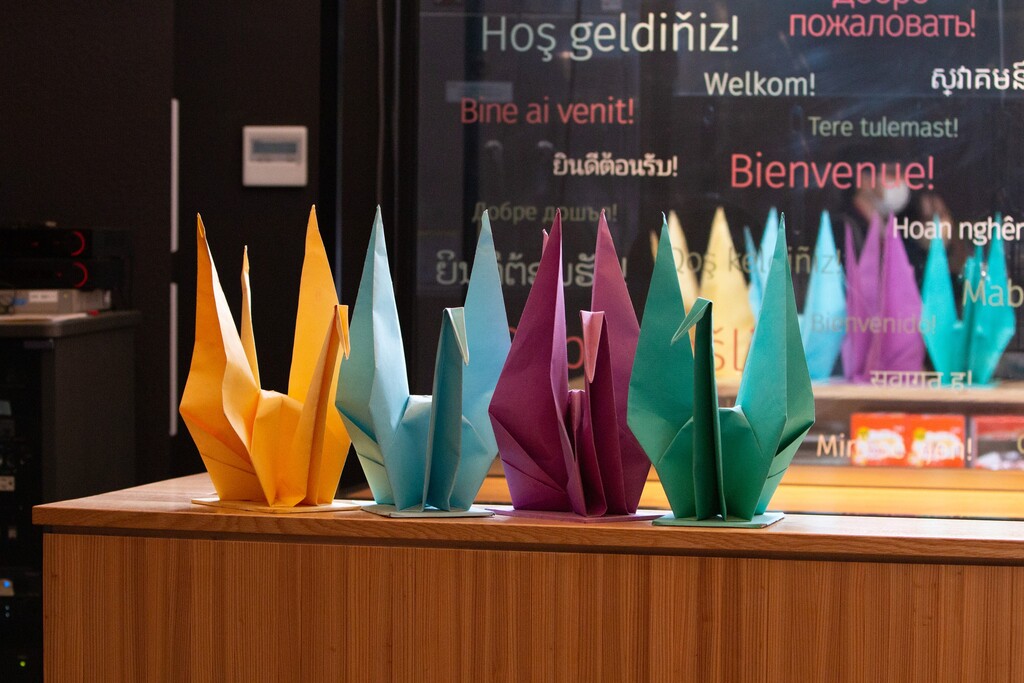

7 must go places in Hiroshima city
Hiroshima City is the capital of Hiroshima Prefecture, located in the Chugoku region of southwestern Japan. It is internationally known as the first city targeted by an atomic bomb on August 6, 1945, during World War II. Despite its tragic history, Hiroshima has rebuilt itself as a vibrant, modern city with a strong message of peace and hope.
1. Atomic bomb dome
The Genbaku Dome (原爆ドーム), also known as the Atomic Bomb Dome, is one of Hiroshima’s most iconic landmarks and a powerful symbol of peace. It is part of the Hiroshima Peace Memorial Park and a UNESCO World Heritage Site.
2.Hiroshima Dentesu Tram
The Hiroshima Dentetsu Tram (広島電鉄), commonly called Hiroden (ひろでん), is the tram and streetcar network in Hiroshima City, operated by the Hiroshima Electric Railway. It is one of the most extensive and historic tram networks in Japan, offering convenient and scenic transportation throughout the city and nearby areas.
3. Hiroshima Peace Memorial Museum
The Hiroshima Peace Memorial Museum (広島平和記念資料館), often referred to as the Hiroshima Genbaku Shiryokan (原爆資料館), is a prominent museum located in Hiroshima City. It is dedicated to educating visitors about the devastating atomic bombing of Hiroshima on August 6, 1945, and promoting the message of peace and the abolition of nuclear weapons.
4. Hiroshima Castle
Hiroshima Castle (広島城), also known as Carp Castle (鯉城, Rijō), is a historic site in the heart of Hiroshima City. Built during Japan’s feudal era, it serves as a cultural and historical landmark showcasing the region’s samurai heritage and post-war reconstruction efforts.
5. Mazda Zoom-Zoom Stadium Hiroshima
The Mazda Zoom-Zoom Stadium Hiroshima (MAZDA Zoom-Zoom スタジアム広島), officially known as Hiroshima Municipal Stadium (広島市民球場), is a state-of-the-art baseball stadium in Hiroshima. It serves as the home field for the Hiroshima Toyo Carp, a professional baseball team in Japan’s Central League. The stadium is beloved by fans for its modern design, engaging atmosphere, and stunning views.
6. Orizuru Tower
The Orizuru Tower (おりづるタワー) is a modern multi-story facility located near the Atomic Bomb Dome in Hiroshima City. It combines a stunning observation deck, interactive exhibits, and spaces dedicated to the message of peace and hope. The name “Orizuru” (折り鶴) refers to folded paper cranes, symbolizing peace and the legacy of Sadako Sasaki, a Hiroshima atomic bomb victim.
7. Shukkeien Garden
Shukkeien Garden (縮景園) is a historic Japanese garden in Hiroshima City, known for its serene beauty and traditional design. The name “Shukkeien” translates to “shrunken-scenery garden,” as the garden represents a miniature landscape featuring valleys, mountains, rivers, and forests. It offers a tranquil retreat in the bustling city, ideal for experiencing traditional Japanese aesthetics and seasonal beauty.
Written by hikarudct, London, Tokyo AIC Associate writer
Like watching movies, sports and crocheting.











